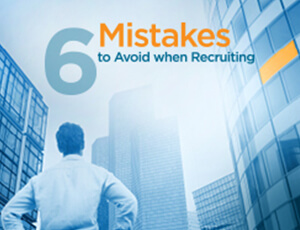- July 21, 2017
-
Accounting & Finance, Employers, Engineering, Hiring Best Practices, Human Resources, Information Technology, Manufacturing, Marketing, Operations, Operations, Talent Advisor
Recruiting is not merely a function of HR, it’s essential to the success of your organization. Without a well-defined strategy for recruiting talent, you run the risk of making inefficient and costly hiring decisions—up to $17,000 in lost productivity, compromised work quality, and turnover. To ensure better hires, you need a targeted recruiting strategy…
Continue reading ...
The art and science of recruiting with purpose goes beyond matching a skill set to a job requirement. It’s about understanding the position and its impact on the organization and industry—and finding the ideal candidate who aligns with the organization’s core values and the other employees. Brightwing’s 5 Tips for Purpose-Driven Recruiting…
Continue reading ...



